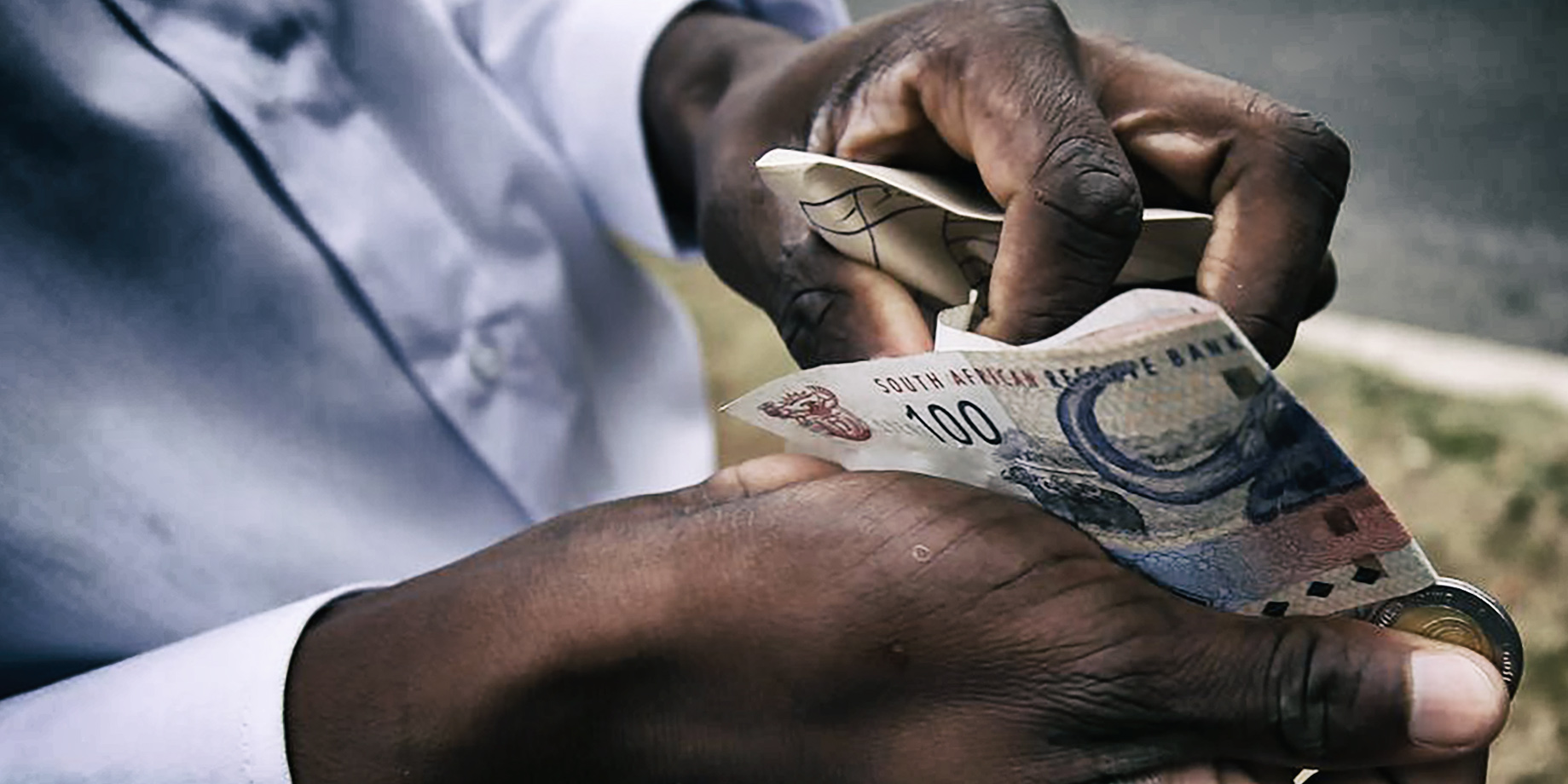The number of South Africans who have accessed personal loans in the last year has doubled to 34% compared with 2020, and the reasons behind this are worrying.
Speaking at the launch of the Old Mutual Savings & Investment Monitor (Omsim) for 2023, Vuyokazi Mabude, head of knowledge and insights at Old Mutual, said it was deeply concerning that the main reason for the increase in personal loans is to cover living costs. One in three respondents reported battling to meet their home loan repayments.
The report reflects the views of just more than 1,500 employed South Africans, with personal monthly incomes ranging from R8,000 to R100,000, on their daily financial challenges. The report also explores what consumers are doing to cope with increasing financial pressure.
Mabude said the report shows marginal improvements in a few key indicators. “These include some recovery of income streams post Covid-19, and a slight improvement in financial satisfaction and financial stress. [However], confidence in the South African economy is at the lowest level yet recorded in an Omsim survey, down from 56% (2015) to 27% (2023). The depreciating rand and power crisis have contributed to the erosion of consumer confidence in the economy. Load shedding, apart from the perceived psychosocial impact, has placed direct pressure on budgets as consumers juggle priorities and, in some cases, borrow money to fund alternative power solutions,” she said.

Some of the noteworthy findings of the survey include:
- At least 70% of South Africans have not seen any improvement in their income since 2020, and 45% remain considerably financially stressed.
- Consumers struggle to build savings buffers, with 30% claiming to have savings that would last them for only one month or less. Fifty-three percent said they don’t have enough money for unplanned circumstances.
- Debt levels are increasing, and debt is considerably more expensive to service.
When it comes to saving, consumer appetite for offshore investments has grown from 24% (2022) to 27% (2023), reflecting a decreased confidence in the local economy. Overall stokvel usage among black working South Africans dropped from 53% in 2022 to 48% in 2023. However, there was an increase in travel stokvels this year, driven by higher-income earners.
“Despite the ongoing financial pressure, people are saving but struggling to manage short-term and long-term priorities. The top three savings goals are primarily retirement, building emergency buffer savings and paying off debt,” Mabude said.
“To increase household income, South Africans are holding down several jobs. Polyjobbers make up 50% of this market, with more young workers (18 to 29 years old) becoming part of this growing trend. The number of young polyjobbers is up from 60% in 2022 to 70% in 2023, with many using social media to supplement their incomes.”
The “Sandwich Generation” (people supporting not only children but also parents and other older dependants) increased from 39% in 2022 to 43% this year.
To keep the lights on and businesses functioning, almost 20% have invested in generators or solar panels. The average spend on alternative energy solutions is just over R 11,000, and one in three respondents reported needing to replace appliances because of power surges. At least 61% of respondents have bought rechargeable lamps while 11% have invested in solar water heating panels. DM





